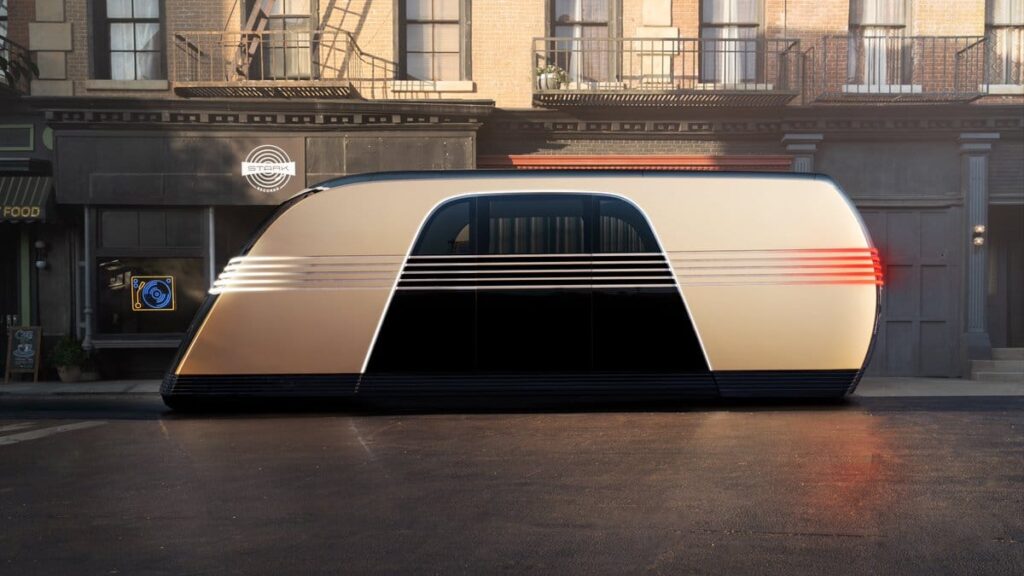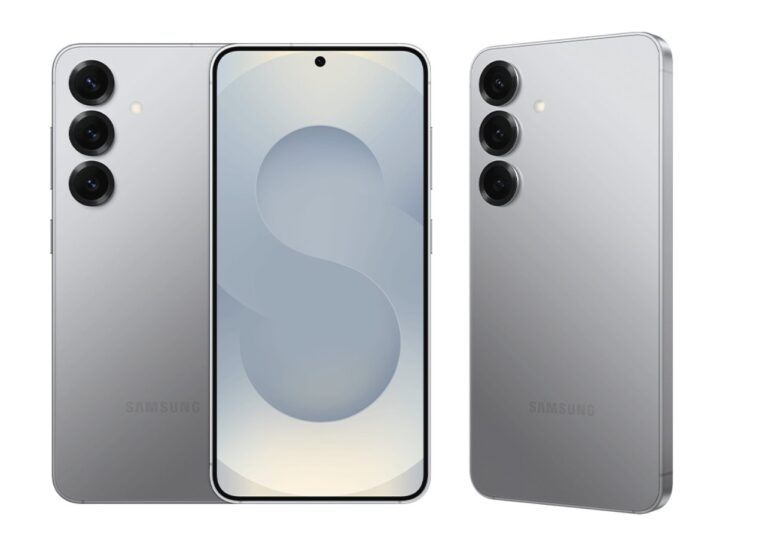
Tesla’s recent “We, Robot” event brought a lot of new ideas to the field of self-driving vehicles. This promises to deliver us two concepts that are especially speculative, particularly the Robovan and the Cybercab Representing Tesla’s goal for transportation an electric powered and fully autonomous work in action both are promising mass-market concepts.
Robovan
It could be considered one of the multi-purpose vehicles because it has the ability to carry large numbers of passengers or cargo. With a capacity of seating 20 people, the Tesla Robovan is applied in public transport, corporate shuttles, and logistics. The Tesla is fully electric and reduces carbon emissions, which is an assurance that this company will prosper in the future.
The most significant change of the Robovan is full autonomy. Unlike conventional vehicles, the Robovan does not come with a steering or pedals. The vehicle is dominated entirely by the all sublime Full-Self Driving software made by Tesla. In this sense, the Robovan will perfectly fit cities that want to modernize their transport systems by offering rides that are incredibly smooth, human-free, and automated. On the event, Elon Musk said that the Robovan is not a luxury or niche vehicle but rather an attempt at resolving the needs of daily transportation. Its target applications would involve more than transporting passengers; it might even replace traditional cargo delivery, especially in crowded cities. According to Musk, the Robovan could eventually form the backbone of urban transportation, with crowded cities being the initial target since these are areas that greatly need efficient yet flexible transport services

Potential Applications and Uses
The Robovan will address many demands in cities. It can fill in the place of the smaller buses on more regular routes. Therefore, a new avenue for public transportation may be turned on. The design of the vehicle allows for smaller autonomous vehicles to run more regularly than the big buses whose use has resulted in traffic. This flexibility can help reduce traffic while allowing even more accessibility and efficiency in public transport.
Another excellent application of the Robovan is with ride-hailing services. Its capacity is up to 20, and this may be large enough to fill the gap between traditional taxis and larger bus services. In business applications or university applications, the Robovan might be employed for internal shuttles between campuses or office buildings, allowing employees or students to roam within campuses or office buildings hassle-free and less expensively.
The cargo-hauling capabilities in the van also provide an excellent opportunity for last-mile delivery services. An organisation could use the Robovan for sending goods over short distances within a city, thereby optimising logistics by reducing costs and increasing the efficiency of delivery. Cities are projected to grow, while deliveries may become more in demand; in such scenarios, the Robovan would be extremely useful in unburdening urban logistics.

Cybercab
Releasing the Robovan, Musk unveiled the Cybercab-a completely driverless robotaxi from Tesla. Like the robocar, free from driving controls, the Cybercab is compact, electric, set to emerge as a low-cost choice for ride-hailing services. The Cybercab launches into urban markets where electric vehicles are already picking up acceptance.
He also said that he would like to price the Cybercab under $30,000-a price that seems very low for entry into the autonomous vehicle market. Tesla envisions such Cybercabs running in fleets in reducing the cost associated with drivers and fuel in urban transportation. This will also provide for continuous operation since the operation does not require human drivers, an added efficiency.
Implications and Future Prospects
As exciting the Robovan and Cybercab are, they have much to overcome. Firstly, regulatory approval is a key concern. Autonomous vehicles, especially ones without manual controls, are still pretty new, and several regions harbor apprehensions in terms of the permission granted to such vehicles on public roads. It is only rightful that these vehicles be ensured safety prior to their launching on public roads. Even the earlier history of Tesla with Full-Self Driving technology fetched some criticism, which makes it quite important in terms of regulation compliance.
Another area of concern is public trust. While Tesla’s fans are always optimistic about such advancements, the massive adoption of driverless cars will still be contingent upon public trust in such safety and reliability of the systems. Many are still circumspect about totally independent transport, more so vehicles that do not have a human to intervene in case of an accident. This aspect will thus be another challenge for Tesla in developing its FSD technology.
Still, if these challenges can be overcome, Robovan and Cybercab may change the face of urban transport. Both are environmentally friendly, cost-effective, and efficient – fulfilling the new focus on sustainable mobility. Finally, as cities strive to reduce emissions and congestion, these self-driving cars will come naturally into transport systems designed for the future of mobility.
Conclusion
The Robovan and Cybercab by Tesla are visionary steps toward the future of autonomous transportation. Potentially able to make people and goods flow efficiently, they hold the promise of changing the transport fate of cities. However, there are a few regulatory and public trust issues that still need to be overcome before this can really happen. Once Tesla perfects its Full Self-Driving technology and navigates evolving legal frameworks, the Robovan and Cybercab may well both become a benchmark toward safe, efficient, and sustainable transportation


